Your cart is currently empty!
Disadvantages of Using Cell Phones for M2M Site Selection
While network engineers can simulate network performance using mathematical models, drive testing is still an essential part of network planning, site selection and troubleshooting. Drive testing is time and labor intensive, but it’s the only way of getting a real-world assessment of network performance at specific locations.
Drive testing is typically done with cell phones or purpose-built RF receivers. While both testing methods have their place, relying on cell phones for drive testing has significant drawbacks.
Less accurate measurements. There is no standard for the number of signal bars on a cell phone. Some have four, some five or more. Most feature phones do not display the actual signal strength in dBm, and some phone models simply get better reception than others due to their construction. The phone’s body material and the placement of the antenna make a big difference in the reception quality.
Costs associated with purchasing, operating and maintaining multiple devices. Some drive testing setups require two cell phones, one to make calls and one to remain idle during the test. This means carrying multiple phones with active lines of service for testing purposes. Most modern cell phones are designed for the consumer market and are not ruggedized for use in the field. A short fall or exposure to moisture can put them out of commission permanently. The devices are also at risk of theft or loss.
No ability to lock onto signal from a specific tower. Cell phones are designed to prefer the strongest signal. This means the phone will choose a compatible tower with the strongest signal, which could be an issue if the site is on the edge of the cellular provider’s coverage area. When the coverage area of the tower shrinks due to load or environmental factors, the M2M device could choose another carrier’s tower and incur roaming fees.
More equipment is needed. A typical drive testing setup includes a laptop computer, RF scanner, GPS receiver and at least one cell phone. The data collection software sometimes requires a security dongle that connects to the computer via USB.
Increased risk of test failure. If any of these components or connections fails, the operator will lose valuable data and may have to repeat the test. There’s nothing more frustrating than completing a route and finding the data wasn’t collected or saved properly.
For ease-of-use and the most accurate test results, engineers should rely on RF receivers designed and built specifically for their needs.
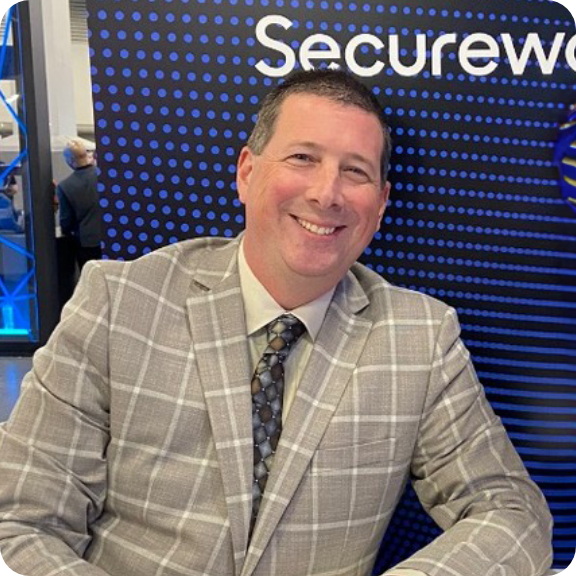
Scott Schober
CEO | Author | Speaker at Berkeley Varitronics Systems
Scott Schober presents at cybersecurity and wireless security conferences for banking, insurance, transportation, construction, telecommunications and law enforcement industries. He has overseen the development of dozens of wireless test, security, safety and cybersecurity products used to enforce a “no cell phone policy” in correctional, law enforcement, and secured government facilities. Scott regularly appears on network news programs including Fox, Bloomberg, Good Morning America, CNN, MSNBC, NPR and many more. He is the author of 'Senior Cyber', 'Cybersecurity is Everybody's Business' and 'Hacked Again', the “original hacker’s dictionary for small business owners” - Forbes Magazine.
Our Newsletter
Lorem ipsum dolor sit amet, consectetur adipiscing elit. Aliquam mattis ligula vitae leo scelerisque, sit amet feugiat ex venenatis.
"*" indicates required fields
Latest Posts
Our Best Sellers
How can we help?
Lorem ipsum dolor sit amet, consectetur adipiscing elit. Nunc dictum aliquet justo sit amet consectetur. In tempor lobortis ante vitae ornare. Praesent feugiat magna at tempor consequat. Aenean in iaculis libero, aliquam imperdiet mi.

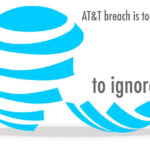
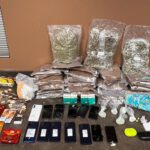
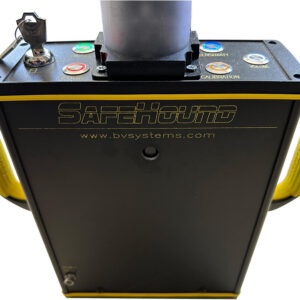
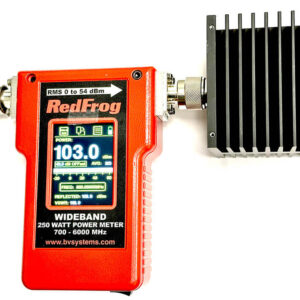
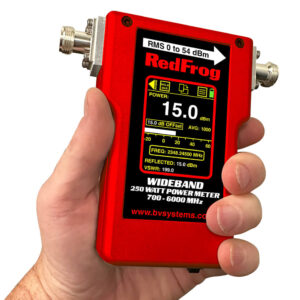
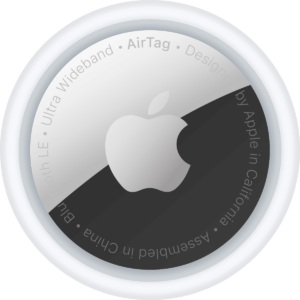
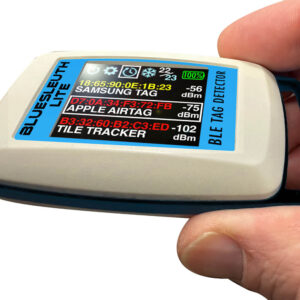
Leave a Reply